Exclusive: Microschools Fill Niche for Students with Disabilities, Survey Shows
The latest snapshot of the sector also shows a sharp increase in the percentage of such programs accepting public funds.
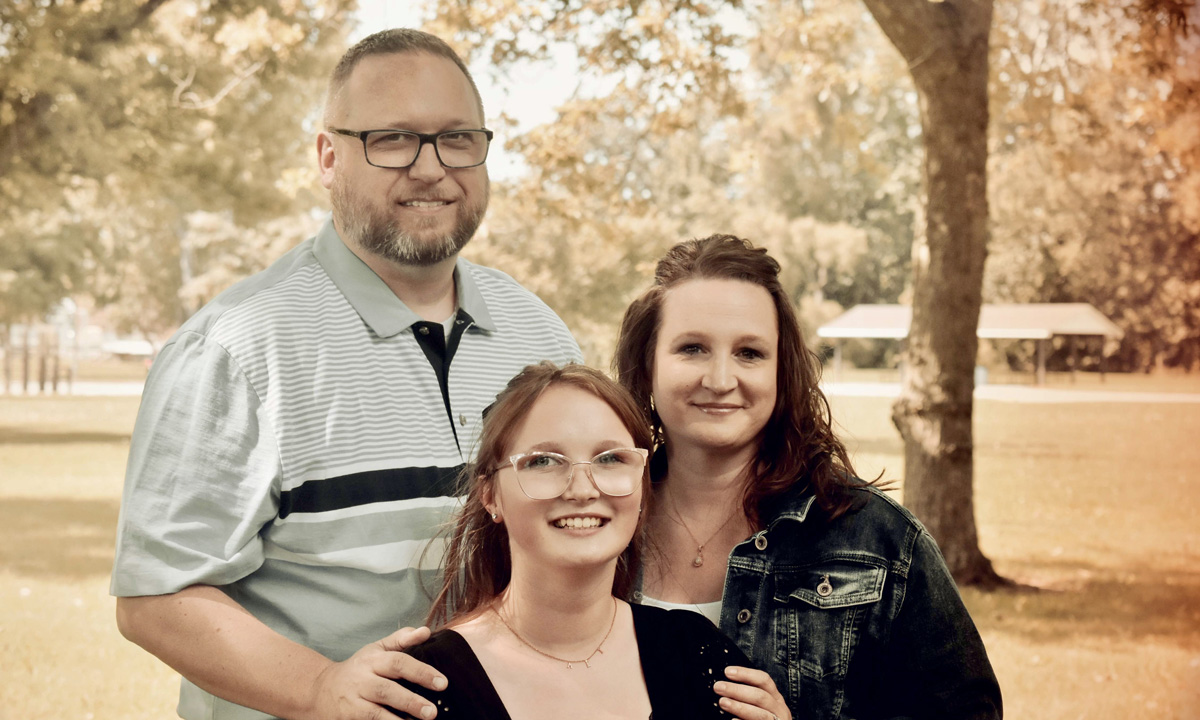
Get stories like these delivered straight to your inbox. Sign up for The 74 Newsletter
When Steve and Jenny Balbaugh’s daughter turned 5, they were hesitant to enroll her in the Fort Wayne, Indiana, schools. Ali was born with a rare brain defect that affects her learning and had been diagnosed with autism spectrum disorder.
“I didn’t want her to get lost,” Jenny said.
But private options fell short. A Montessori school she attended for kindergarten let her sleep all day. When she reached sixth grade, the Christian school she went to stopped providing extra help with schoolwork. The principal, Jenny said, explained that extra services weren’t important because “99% of our kids go [on to] higher education.”
That’s when the Balbaughs tried Streams of Hope Christian School, a smaller, unconventional program based in an Anglican church that lets students move at their own pace. Now in eighth grade, Ali can use a calculator for math problems and gets help with writing assignments.
“Every single child’s plan is individualized,” Jenny said, “and they don’t move on until they have mastered whatever they’re working on.”
Families like the Balbaughs, who have children with autism, ADHD and dyslexia, are seeking out small programs like Streams of Hope — part of a growing education sector known as microschools. Almost two-thirds of operators say their programs draw students considered neurodivergent, according to the latest snapshot of the movement from the National Microschooling Center, an advocacy organization. The survey of 400 microschool founders in 41 states also shows that children with other disabilities represent one of the next largest populations served, with 53% of school operators reporting that these students are enrolled in their schools.
Like all private schools, however, microschools don’t have to accept students with disabilities or provide the same services as public schools, putting some parents who might otherwise take advantage of school choice in a tough spot.
The report, released Monday and provided exclusively to The 74, is the center’s second since it launched in 2022. It shows that half of operators said they opened their programs to help students who are “systemically underserved.” The results also point to a sharp increase in microschools receiving public funds for tuition: A third of microschools now accept education savings account funds, according to the survey, up from 18% in last year’s report.
To Don Soifer, executive director of the Las Vegas-based center, the results show that the tight-knit settings microschools offer provide a better fit for some students. Educators launching microschools, he said, demonstrate a “deeper knowledge” of such needs and are responding to them in “deliberate, well-informed ways.”
‘Didn’t have the resources’
Jill Haskins, the executive director of Streams of Hope and a former teacher in the Fort Wayne public schools, said her program is flexible enough to provide some of the accommodations students couldn’t get in public schools. She recently accepted a student whose individualized education program required him to get one-on-one instruction in math, written lecture notes and help transitioning between classes — services his public school didn’t provide.
“It wasn’t through any fault of the teachers. They didn’t have the resources,” she said. With tighter student-teacher ratios, she added, meeting students’ needs becomes easier. “A lot of what we do is just kind of natural.”
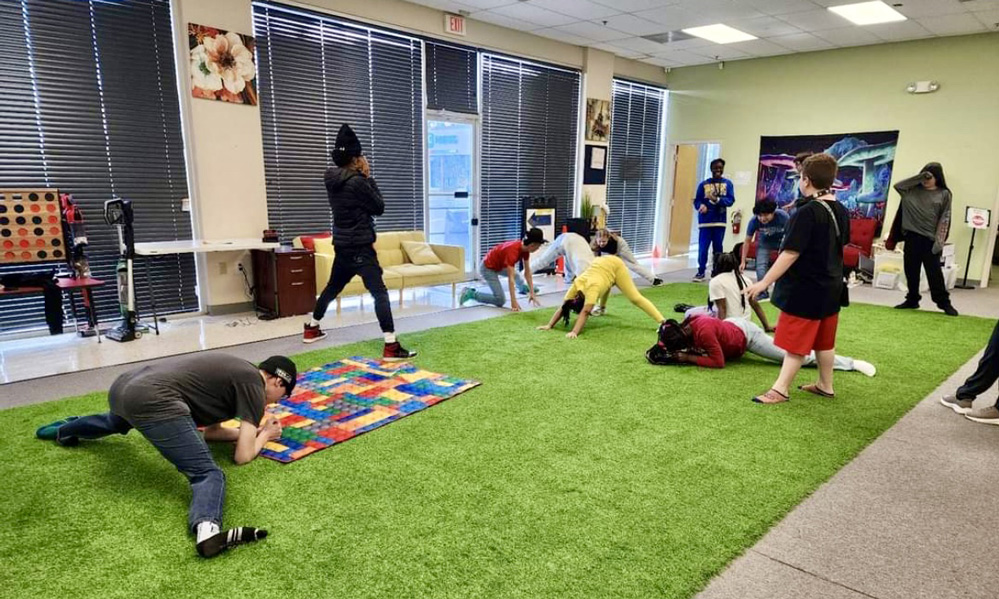
Other school leaders say needs or behaviors that might have been more pronounced in public school diminish in smaller settings. Kenisha Skaggs, who launched Soar Academy in Augusta, Georgia, in 2011, has accepted students who were suspended multiple times for incidents such as throwing a chair in class.
“When you change that environment, that stuff goes away,” said Skaggs, who ran a tutoring program out of her attic before launching the school. “Nine times out of 10, we do not have those behavior issues.”
The national center’s data provides a view of the sector from the perspective of operators and potential school founders. But more complete data can be hard to come by as most states generally don’t count them as a separate type of school. They might be grouped with traditional private schools or with families that homeschool. Soifer estimates that there are anywhere from 95,000 to 125,000 microschools nationally. He described the sector as “very much a growing and evolving movement,” and one that is attracting a more diverse mix of families and educators.
The median number of students in each microschool is 16, up from 12 when Soifer began tracking the movement. Forty percent of microschools operate in commercial spaces, a quarter in churches and 20% in private homes.
According to the operators surveyed, about a third of families using microschools earn below the average income in their area. Fifteen percent of students they serve are in foster care, and 21% have unstable housing situations or don’t have enough to eat.
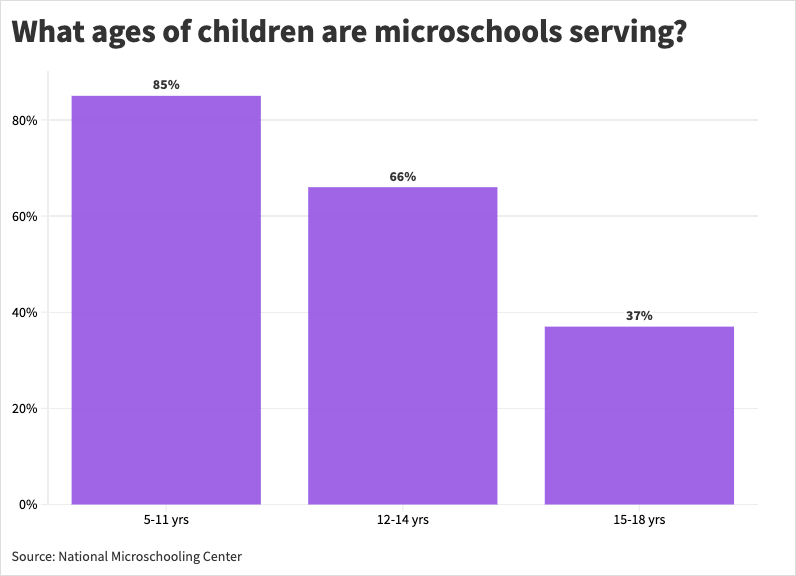
The largest segment of students attending microschools, 40%, attended public schools before they made the switch. A third were homeschooled, and only 4% previously attended charter schools, according to the report.
But there’s been little change in the demographics of microschool founders. About 65% are white, and almost three-fourths are current or former educators.
Some teachers — 41% according to the survey — drew their inspiration to start a school from their own children’s struggles to learn. That’s why Haskins, who homeschooled her three children, enrolled her son in the microschool she now runs. When he turned 7, she realized he wasn’t learning to read at the same pace as her two older children. As a teacher, she was stumped.
“I’ve taught in public school. I know how to teach reading, but I wasn’t making progress with him,” she said. A doctor diagnosed him as “profoundly” dyslexic. “He’s doing really well, but I think he would drown in a public school.”
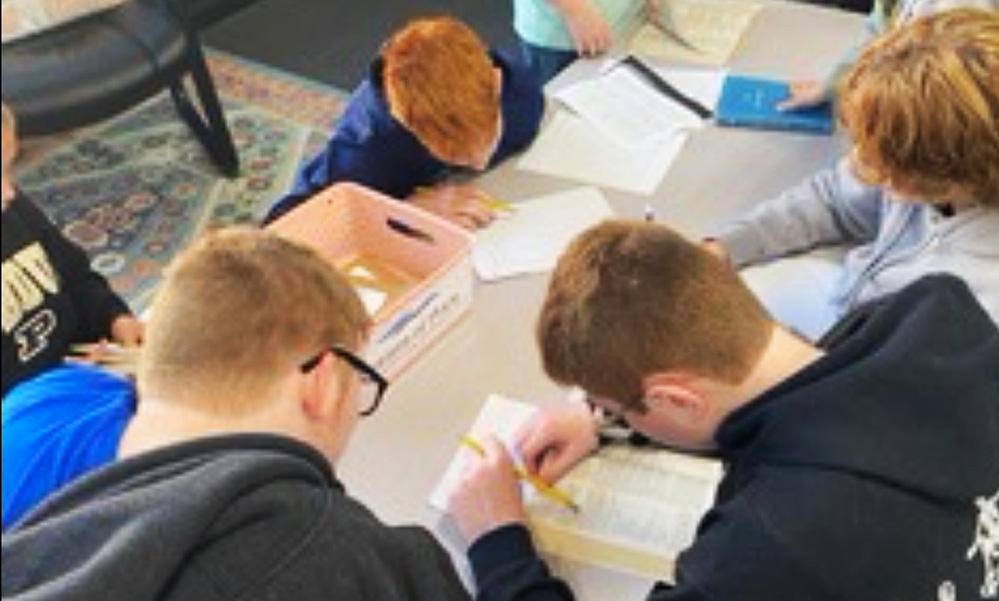
Public funds for tuition
While microschools are private, some parents of children who attend them are able to tap public funds for tuition through state scholarship programs and education savings accounts.
[Inline_story url=”https://www.the74million.org/article/failed-west-virginia-microschool-fuels-state-probe-and-some-soul-searching/”]
Some of those programs are only available to students with disabilities, like Georgia’s Special Needs Scholarship, which provides an average of about $6,600 toward tuition. Mary Gorlich, whose daughter Cora has learning disabilities and severe hearing loss, uses the scholarship to attend Soar Academy.
“She was just so lost in her previous school. She’s not a problem and doesn’t make any noise, but they ignored her,” Gorlich said about the Catholic school Cora attended. “I used to pick her up crying every day … because of just how miserable she was. Now I pick her up smiling and she tells me about the math she understood.”
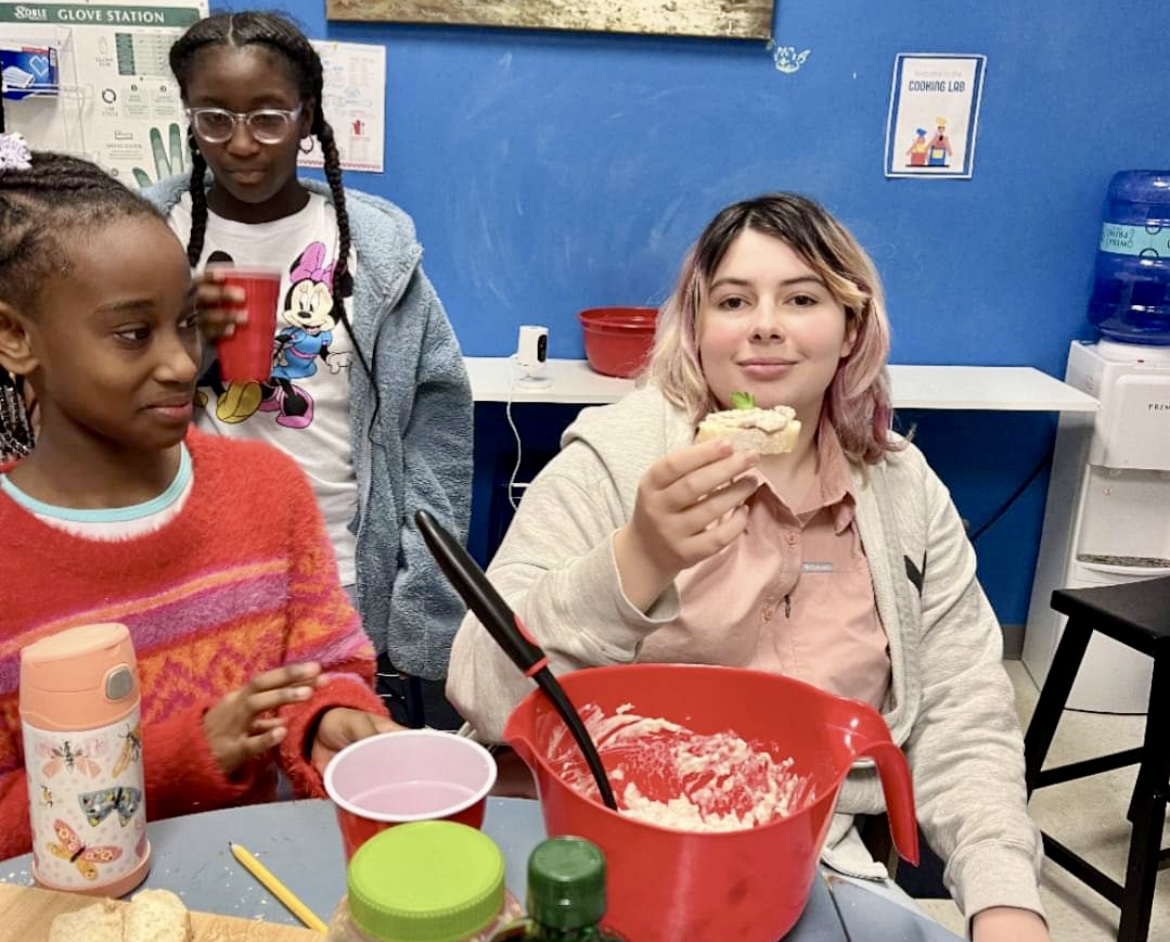
Indiana’s ESA program is also restricted to students with disabilities. Currently, two Streams of Hope students, including Ali, use the program to pay tuition. Another five were recently evaluated for special education services, which would qualify them for the ESA.
But even though some microschools specialize in serving students with disabilities, as private schools they have no legal obligation to do so. Critics of ESAs and other voucher-type programs stress that students’ rights under the federal Individuals with Disabilities Education Act aren’t guaranteed once they leave the public schools.
A fact sheet on Georgia’s scholarship program, for example, states: “If you choose to remove your child from the public school — even if the state is providing some funds for the private school — then you are refusing parental consent to services under IDEA.”
Denise Marshall, CEO of the Council of Parent Attorneys and Advocates, an organization that works to protect the rights of students with disabilities, noted that even if microschools provide some services, parents might not have any recourse if there’s a conflict. In most cases, she said, there is no right to due process.
“This still leaves families unable to push back if they disagree with the IEP or it is not followed,” she said.
That’s why many West Virginia families opt to stay in the public schools even though the state has the Hope Scholarship, a universal ESA program, said Jamie Buckland, who leads West Virginia Families United for Education. She advises both families and providers on school choice.
She has no doubt that some children with dyslexia and sensory needs could benefit from attending a microschool. But she said there are “so many families whose kids’ accommodations prevent them from choosing private options.”
Southeast Florida has a thriving microschool community that includes Flex Learning Academy, led by Susan Safra, who previously taught in a large Broward County high school. Now she teaches about 50 students through field trips, farm work and surfing lessons. But she said her program is not equipped to serve students with behavior issues, major learning disabilities or “any kind of impulsivity.”
“It’s not because we don’t want them. Our teachers are not trained,” she said.
Skaggs, with Soar Academy, said she can only accept a few students who need one-on-one support throughout the day. But there’s still strong demand for her program. With an enrollment of 100, Soar is larger than most microschools; another 200 students are on a waiting list.
With Republican-led states continuing to advance ESA legislation, some leaders in the microschool community are also strong proponents for expanding eligibility to all families.
In Indiana, Haskins hopes lawmakers proposing a universal program are successful next year. If that happens, she said she’s going to “desperately push” families to apply for it.
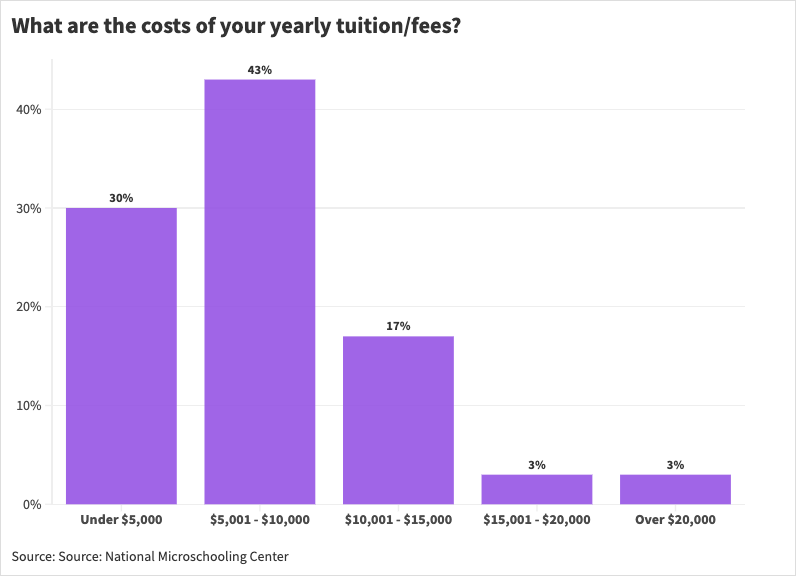
“Then we can raise tuition to become sustainable,” she said. Tuition ranges from $2,500 to $5,000 annually, with additional fees for curriculum and “à la carte” offerings like a Lego club, Pickleball and Bible classes. The rates are as much as she can charge “without completely breaking our families.”
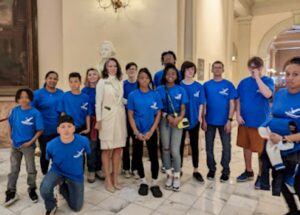
And in Georgia, Soar students and staff lobbied for passage of the state’s new ESA law, which will provide students in the lowest-performing 25% of public schools with $6,500 to attend private schools.
“We’re super excited about bridging that gap for students that just can’t afford to attend a private school but don’t qualify [for the special needs scholarship],” Skaggs said.
Gorlich’s daughter, now a sophomore, made the trip to Atlanta to speak in favor of the bill.
Attending Soar has given Cora a “mad confidence boost,” she said. “This is my extremely miserable, won’t-talk-to-anybody, very closed-off kid who now testifies in front of the state Senate for educational rights.”
Get stories like these delivered straight to your inbox. Sign up for The 74 Newsletter

;)
